
The third section of this extensive catalog of design styles is dominated by themes originating in the United Kingdom.
Danish
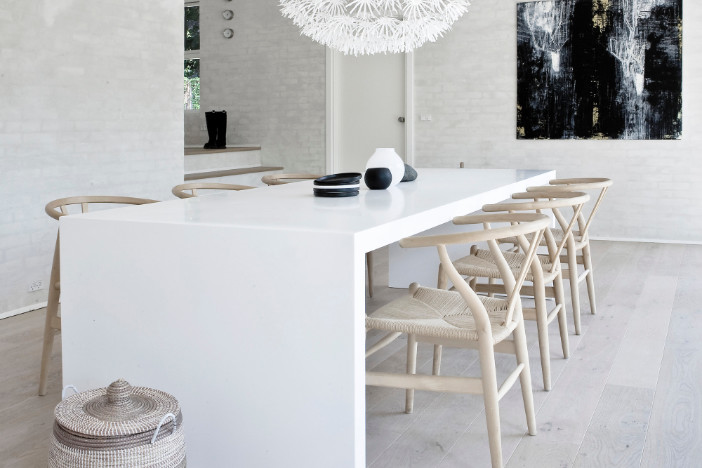
Danish interior design is basically the cool cousin at the Scandinavian style family reunion—think effortlessly stylish, a bit understated and obsessed with good craft. Its roots run deep in functionality and simplicity, but this isn’t cold minimalism. Danish design is warm, inviting and incredibly livable, like if Marie Kondo had a Danish pastry in one hand and a hygge blanket in the other.
Form is front and center. You’ll see furniture with super clean lines, gentle curves and proportions that just make sense, because in Denmark, it’s all about quality over quantity. Common materials are serious Scandi staples: pale blond woods like oak, ash and beech, plus earthy touches of leather, cozy wool throws and layers of soft linen. The color game is low-key, usually grounded in whites, beiges and soft grays with pops of richer hues—think a mustard pillow or a teal vase, not a full-on Skittles explosion.
A few icons have achieved “celebrity furniture” status and are probably more recognizable than some reality stars. Arne Jacobsen’s Egg Chair and Hans Wegner’s Wishbone Chair are basically the Beyoncé and Taylor Swift of design. Legendary designers like Børge Mogensen and Poul Henningsen gave us pieces so timeless they’re still influencing what’s hot on Pinterest.
Want to bring Danish style outside? Try a sleek teak dining set with simple silhouettes and a neutral outdoor rug—instant hygge under the stars. Danish design proves you don’t need a lot of stuff to live well, just the right stuff.
Directoire
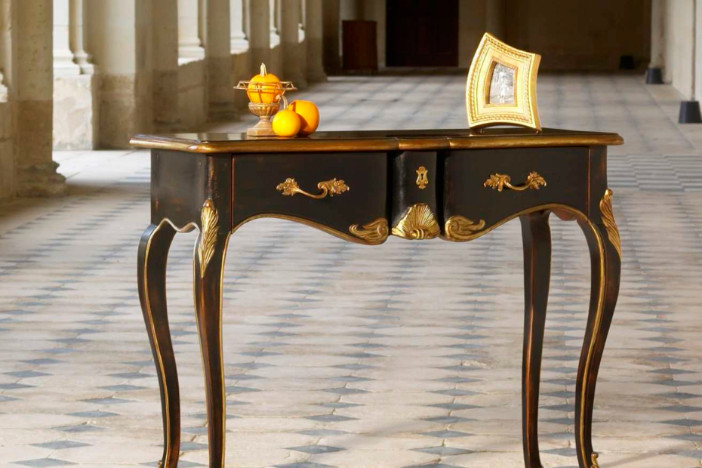
Directoire style appeared in France right after the Revolution, dialing back the glitz in favor of something a bit more thoughtful [Miller 2005]. Imagine classic Greek and Roman influences, but with the volume turned to “reasonable neighbor” instead of “opera diva.” Lines are crisp, symmetry is key and things feel balanced but never fussy.
Furniture favors slender silhouettes. You’ll spot graceful curves on chair backs, those famous saber legs and the recamier—a daybed that somehow makes napping look sophisticated. Carvings echo ancient motifs: laurel wreaths, lyres and the occasional mythological beast, lending a scholarly air instead of royal swagger.
Materials keep the Directoire aesthetic approachable. Cherry, walnut and mahogany are commonly use and polished to show off their natural grain. Upholstery sticks to the classic subtle tones of grey, ivory and misty greens in soft cotton, silk or wool. Every now and then, a touch of black lacquer or bronze hardware sneaks in for a gentle reminder that contrast is key.
Lighting gets in on the act with bronze or brass fixtures that nod to neoclassicism—details like acanthus leaves and urns, but without trying to steal the whole stage.
Famous names linked to this style? Georges Jacob and Henri Jacob, along with painter Jacques-Louis David, who helped make the recamier a household name (or at least a household nap spot). Directoire is perfect for people who prefer their interiors quietly clever, subtly witty and just a bit timeless.
Dutch Renaissance
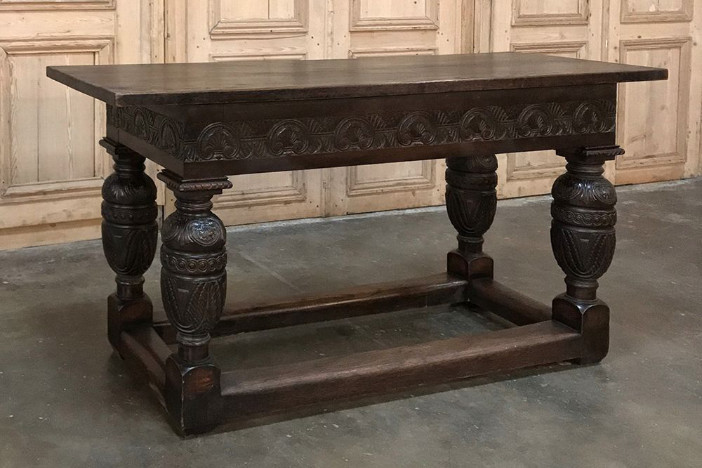
Dutch Renaissance interiors are where brains meet beauty and a hint of Dutch pragmatism keeps everything grounded—like a stylish episode of “The Crown,” but with tulips on the table. This style hit its stride in the 16th and early 17th centuries, mixing the orderly vibe of the Renaissance with the robust character of the Low Countries. Symmetry is definitely in, but with a twist—think less snooty palace, more earthy manor.
Color is where Dutch Renaissance earns its drama badge. Moody is the name of the game: deep browns, forest greens and rich oxblood set the stage, brightened only by crisp white walls and a dash of northern light. Texture? It’s practically a star—massive oak beams, heavy timber panels and bravely bulky furniture ground the space like nobody’s business.
If furniture were superheroes, the Dutch wardrobe and refectory table would steal the show—oversized, carved and sturdy enough to survive the wrath of a Game of Thrones plot twist. Look out for those signature bolpoot (bulbous legs) on chairs and tables adding a sculptural, almost whimsical, weight. Carvings go big on scrolls, foliage and the occasional biblical saga—Dutch masters knew how to tell a story in wood.
Textiles keep their cool with wool, linen or velvet, served in relaxed palettes or solid tones, often dressed up with hand-stitched detail. Underfoot, expect stone or brick floors that would pass even the most dramatic drop-test, while wrought iron lights and fire surrounds anchor the heritage vibes. While famous designers aren’t household names here, guild craft shines. The result? A look that’s sophisticated but approachable, historic but comfy—perfect for anyone ready to Netflix and chill, 17th-century-style.
Eclectic
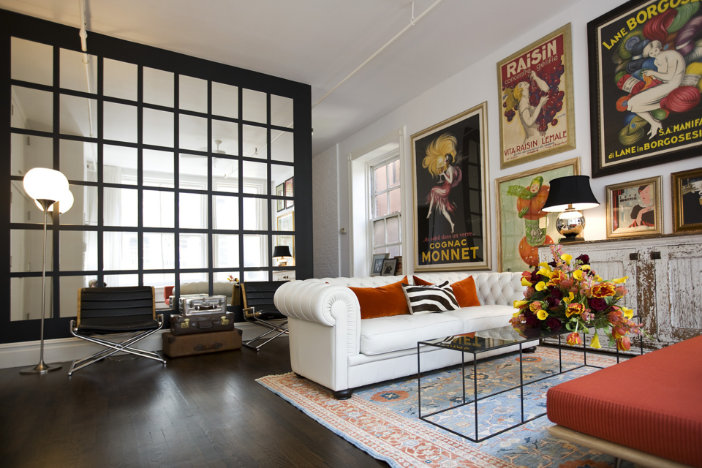
Eclectic interior design is the art of blending disparate styles, eras and influences into a space that feels intentionally curated—not just like you raided a flea market during a caffeine high. This approach kicks the idea that everything must match straight out the (very stylishly mismatched) window, instead celebrating striking juxtapositions—think a sleek Danish modern sideboard strutting its stuff beneath a bold portrait or a plush velvet armchair casually ignoring the fact that it’s sitting across from a glass and chrome coffee table from the future. The rules of form here are about as rigid as overcooked spaghetti: curvy silhouettes, angular edges and ornate antiques mingle with modern lines, each one making the others look even snazzier.
Texture gets top billing, too—imagine handwoven rugs cozying up to smooth leathers, shiny metals preening among matte ceramics and rattan. The eclectic color palette runs the gamut from “look-at-me!” bold to monk-level serene. But every successful space shares one critical ingredient: a unifying detail, be it a recurring accent hue or a material that quietly pops up like a well-cast extra, tamping down chaos and ratcheting up the style points.
Furniture isn’t dictated by just one iconic piece—although, let’s be honest, a mid-century classic like the Eames Lounge Chair or an industrial pendant lamp loves to make a cameo (they can’t help it—they’ve got star power). Designers like Kelly Wearstler and Jonathan Adler have truly elevated eclectic style to an art form: think fearless combos with just enough restraint to keep things from looking like a yard sale left unsupervised. In a true eclectic interior, every item feels storied and purposeful—no random mystery objects allowed. Done right, the result is unmistakable character—a vibrant, layered space that never looks accidental and always feels 100% like you (quirks and all).
Egyptian
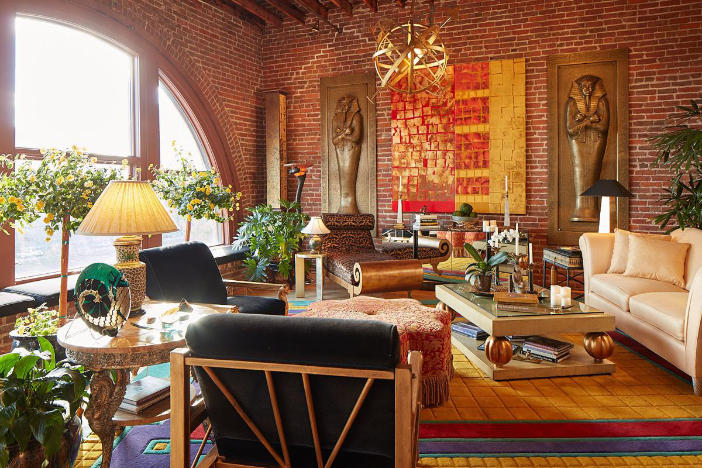
Egyptian interior design brings ancient glam with a wink. Picture crisp lines and bold shapes—like geometry homework, but with way better accessories. It’s all about order. Rooms are balanced, symmetrical and oh-so intentional, like they were planned by the most meticulous pyramid builder on the block.
Look around and you’ll find sharp forms and chunky columns. Iconic symbols like the lotus, ankh and scarab play hide-and-seek on every surface. It’s like living inside a hieroglyphic scavenger hunt that your inner Indiana Jones would love.
Contrast is the secret sauce. Sleek alabaster and granite meet rustic papyrus, reed and fabrics you can’t help but touch. The vibe? Polished but relaxed—never mummified or museum dull. Texture here is literally part of the story, adding a welcome tactile surprise to the eye candy.
Colors here don’t just decorate; they narrate. Gold equals power deluxe. Lapis blue channels Nile magic and those epic starry nights. Terra cotta and black ground the space like loyal party crashers. Neutrals temper all this richness, so the vibe stays eternal and inviting—not like it’s stuck in some time capsule.
Furniture is pure drama with a practical twist. Stools and lion-paw chairs look straight out of a pharaoh’s Snapchat story. Inlaid chests gleam in cedar or ebony and King Tut’s throne was basically the original diva chair, stealing every scene. Contemporary designs like Shosha Kamal’s Ankh Chair bring smart, playful twists to ancient vibes. Finn Juhl’s Egyptian Chair? Timeless but with enough sleekness to fit perfectly in a secret agent’s lair.
Today’s designers, like Youmna El Tally and Maysa Orensa, give ancient Egyptian flair a fresh spin. They blend tradition with modern style, delivering rooms that feel storied—not stuffy. Egyptian interiors are perfect for those who want to channel a little monarch magic or settle in for a Cleopatra marathon, all from the comfort of a seriously stylish seat. Who says you can’t mix royal elegance and cozy living in one show stopping space?
Elizabethan

Elizabethan interiors are where Shakespearean drama meets home decor, proving that all the world’s a stage—at least, if your stage is lined with dark oak paneling. Born during the glory days of Queen Elizabeth I, this style is anything but shy. Think of rooms swaddled in rich velvet, walls that practically flex with detailed carvings and ceilings showing off just as much as the furniture below. Heavy oak beams and lush, geometric woodwork pull double duty: they’re structural and pure eye candy. Tapestries and painted friezes crank up the regal vibes, giving you visuals worthy of a Renaissance binge-watch.
When it comes to color, Elizabethan style doesn’t hold back—deep wine reds, luscious greens and more gold than a Game of Thrones hoard spill across the space. Velvet, damask and needlepoint turn up the texture and make even the draftiest castle feel cozy. You’ll often find black and white stone floors doing their thing, adding contrast you can’t help but notice (take that, minimalism). Transom and oriel windows invite in moody sunlight, softening all that wood’s seriousness.
Furniture steals the spotlight here: wainscot chairs, long refectory tables ready for a royal feast and iconic four-poster beds that look straight out of a Tudor drama. Elaborate carvings and thick, turned legs are the Elizabethan signature—think subtle, if your idea of subtle is a suit of armor. While we don’t have IKEA labels on these masterpieces, they’re the handiwork of genius guild craftsmen who definitely knew how to make an entrance.
Empire

The Empire style in interior design traces its roots to early 19th-century France, making its grand debut during the Napoleonic era as Neoclassicism’s more confident cousin. History buffs and fans of a little drama, take note: this look draws inspiration from ancient Rome, Greece and Egypt, and soon stamped its mark on interiors throughout Europe and America, shaping styles like Biedermeier and American Federal.
Furniture in this style is hard to ignore, both in size and presence. Mahogany is a frequent star, polished until it practically winks at you, often teaming up with detailed gilded bronze accents (ormolu) that know how to steal a scene. Expect to spot eagles, laurel wreaths, stars and mythological figures, along with a few Egyptian cameos—sphinxes, obelisks and scarabs that add more ancient intrigue than a night in a museum.
Chairs and sofas tend to have broad, sturdy frames, curved arms, low backs and the famous “fiddle” splat shape. Upholstery goes all in: silk, brocade and velvet in jewel tones that might make a peacock a little jealous. Animal paw feet appear often, providing furniture with a certain “don’t mess with me” stance and hardware boasts glass pulls or gorgeously intricate gilt mounts deserving their own spotlight.
Architectural features such as paneled wallsornate cornices and egg-and-dart moldings are common, because every room deserves a bit of classical bling. Empire color palettes aren’t ones to shrink into the background—deep crimson, emerald, navy and gold are frequent leads, as in the White House’s Red Room—though lighter shades and symmetry help keep everything in balance (no toga required).
In the U.S., designers Duncan Phyfe and Charles-Honoré Lannuier helped the Empire look make itself at home, translating its grand gestures for American tastes. In short, Empire is about timeless, refined grandeur, always a little larger-than-life—but with just enough playful swagger to keep the past feeling unexpectedly fresh.
English

English interior design has that rare knack for feeling effortlessly elegant while never straying too far from its roots. It’s Downton Abbey meets a favorite worn-in cardigan. At its heart, the English aesthetic all about comfort wrapped in refined tradition. You’ll find cozy rooms layered with texture, well-loved furniture and a quiet confidence that comes from generations of good taste, not Pinterest trends.
Furniture leans classic but never stiff: glossy mahogany and walnut pieces with graceful curves, clawfoot ends or a hint of carving that says, “Yes, I’ve been around since Jane Austen’s time.” The Chesterfield sofa still reigns supreme with its deep tufting and plush arms. It’s sort of the Benedict Cumberbatch of seating. And four-poster beds or Queen Anne chairs bring just the right amount of period drama without going full Bridgerton parlor.
Texture plays a starring role with layered fabrics like toile, floral chintz and even a bit of tapestry, although today’s mixes skew polished rather than fussy. Add wall molding, a faded Persian rug and an oil portrait of someone else’s very distinguished great-grandfather and you’re halfway there.
Colors are soft and lived-in: gentle creams, mossy greens and dusty rose tones that don’t shout but still manage to charm. It’s a palette that whispers rather than performs.
Designers like Nancy Lancaster and David Hicks gave English interiors their signature blend of structure and spontaneity. The result? A style that feels grown-up but never pretentious. It’s always ready to pour tea or whiskey, depending on the hour.
English Country
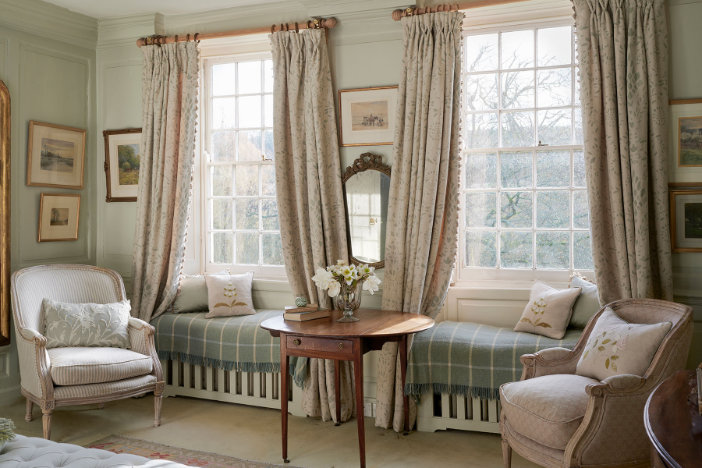
English country style feels like a warm hug from your favorite old armchair—well-worn, full of stories and totally irresistible. It’s rooted in rural tradition but doesn’t take itself too seriously. Think Downton Abbey if the Crawleys actually did their own laundry (or at least made their own tea). At its heart, it’s about comfort, character and a bit of controlled chaos. Nothing too matching, nothing too new—just plenty of charm.
The bones of an English country room are often traditional: timeless silhouettes like rolled-arm chairs, tufted settees and generous farmhouse tables. Upholstery leans into florals, ticking stripes and the occasional tartan, all looking like they’ve been faded by a few generations of sunlight. Chintz has a regular front-row seat but insists on bringing along toile and block prints—preferably all in the same room. Painted or timeworn wood finishes and layered textures—linen, velvet, aged leather and old brass—pull it all together.
Color is cozy, not loud. Think tea-stained sage, dusty blues, sand-worn pinks and cottage creams. You won’t find high-gloss drama here, just softly scuffed corners and palettes that echo the English countryside.
This style wears its years proudly. A nubby old rug, a slightly crooked lampshade, a drawer that sticks—all part of the charm. Designers like Sibyl Colefax and John Fowler made this look legendary with spaces that feel more found than designed. It’s a style that nudges you to put your feet up, not fluff the cushions. And really, isn’t that the point?
European
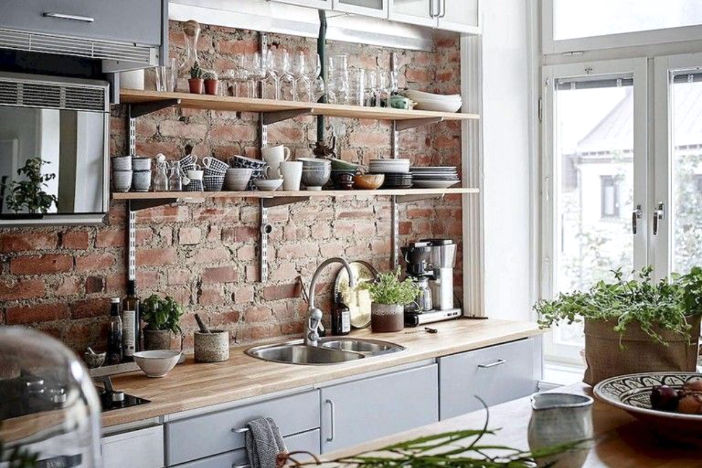
European interior design is an expert at the art of the mash-up, blending grace and practicality with just the right splash of playful sophistication. Imagine Downton Abbey’s sensibility pairing up with a Scandinavian influencer’s feed—heritage meets modern hashtag goals.
Traditional spaces gently let their personality shine. Cabrioles and carved moldings offer a touch of elegance next to tried-and-true picks like walnut, oak and marble. Even bathtubs quietly get in on the fun, showing off claw feet as if they just left a stylish boutique.
Plush fabrics—velvet and damask come to mind—softly add a sense of drama, nodding to Baroque and Rococo influences without making too much fuss. These textures and patterns aren’t just pretty; they invite you in, filling each room with stories and a warm, welcome feeling you’ll notice the moment you walk through the door.
Move to the modern side and things get lighter, but never boring. Scandinavian and German influences keep it breezy with clean surfaces, seamless cabinetry and storage tricks that could win gold on a reality show. There’s an art to making small spaces feel open. Vertical storage turns “tiny flat” into “lofty dreams.” Streamlined forms and matte finishes set the pace, quietly letting materials shine.
Color palettes are relaxed with warm neutrals, soft greys and gentle earth tones to let stone, wood, metal and plaster pop. The European look is all about quiet style. It’s never flashy and always chic. It seems effortless but every detail is chosen with care.
Furniture isn’t just functional, it’s iconic. The LC2 chair by Le Corbusier, Arne Jacobsen’s Egg Chair and Mies van der Rohe’s Barcelona Chair are the celebrities of the design world. And with creative heavyweights like Philippe Starck, Jean-Michel Frank and Patricia Urquiola keeping the legacy alive, European interiors manage to stay timeless, comfortable and unmistakably cool. It’s proof that when old and new get together, good things happen—sometimes with a little wink and a nudge.
Exploration
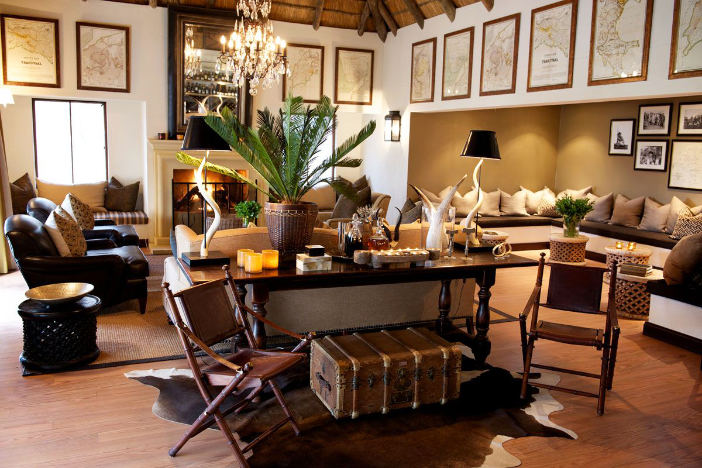
Exploration interior design brings out your inner traveler—less “expedition into the jungle,” more “cozy safari from your sofa.” This look borrows from British Colonial style but adds extra points for things you can fold up, carry or stash away quickly. Campaign furniture is the big deal here—folding desks, collapsible chairs and practical cabinets built tough enough to survive road trips, but stylish enough to stay home. Leather straps, brass hardware and sturdy woods aren’t just for show—they keep things practical and good-looking.
Texture is simple and rugged. You’ll spot worn leather, scratched-up wood and brass corners that look like they’ve seen a few travel stories. Forget flashy colors. Think warm browns, olive greens, navy blues and faded tans—the type of palette you’d find in an old map or in the luggage of someone with a lot of passport stamps. Natural fibers like jute and linen show up to keep things feeling real, not fussy.
Decor keeps it interesting. Globes, maps and nautical charts prove you know your way around a living room—if not the open sea. Old trunks and suitcases do double duty: conversation starter and secret storage. Even a pile of vintage postcards or well-worn tickets adds charm without getting sentimental.
As for famous pieces, campaign chests and writing desks—names like Thomas Sheraton pop up a lot—anchor the look. Exploration style keeps things smart and collected, mixing nostalgia with stuff that actually works for life now. No machete or pith helmet required.
Guide Sections
References
- Miller, J. (2005). Furniture. Penguin.


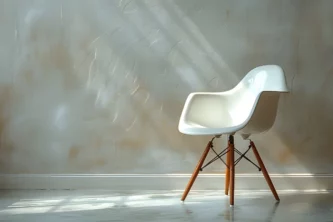
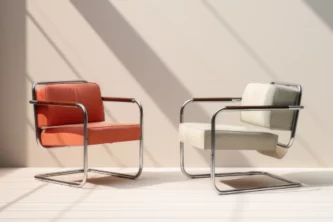
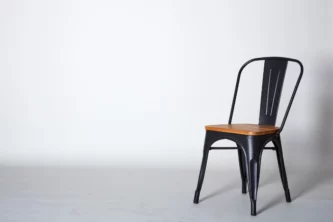
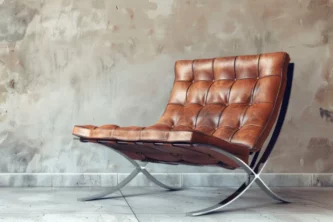
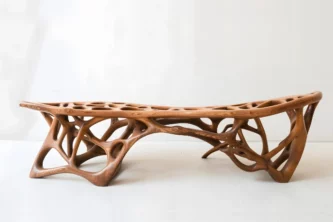


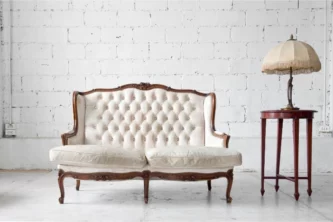




Leave a Reply